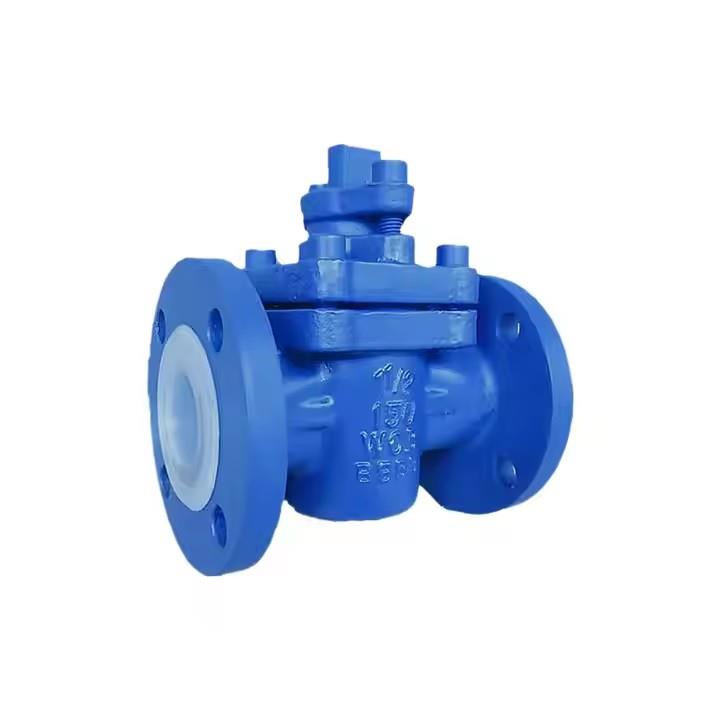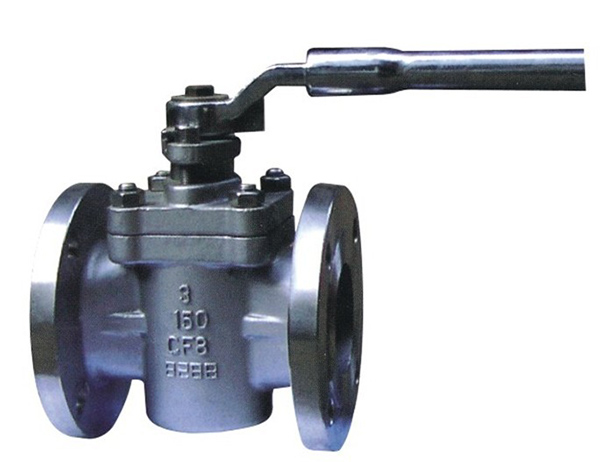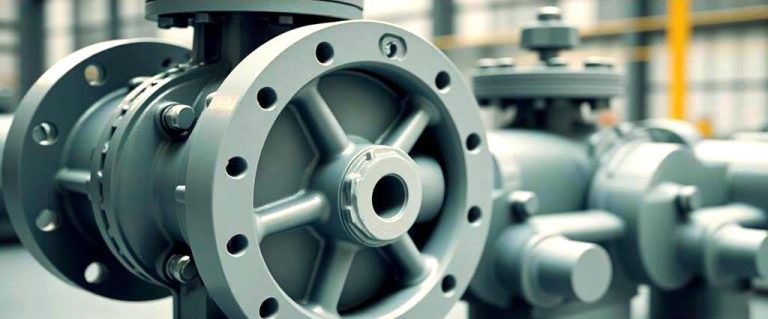Metal Seated Lift Plug Valve

A plug valve is a common shut-off valve. As a crucial component in industrial applications, it has long been known for their unique structure and versatile uses.
The metal seated lift plug valve features dual-directional sealing on both valve seats, making it insensitive to flow direction. During closure, the handwheel and stem apply pressure to the valve seat sealing surfaces, increasing the sealing specific pressure to ensure excellent sealing performance. The raised design of the valve seat sealing surfaces facilitates cleaning and prevents accumulation of crystalline media or solid particles, making them particularly suitable for high-temperature environments in chemical plants.
There are two common types of the hard-sealed lifting plug valve: handwheel-operated lifting plug valves and mechanically cross-driven lifting plug valves.
Main features of the metal seated lift plug valve.
Flange-connection lifting plug valve acc. to ANSI is applicable to the cutting and connection of pipelines medium that are used in various industries such as petroleum, chemical industry, pharmacy, chemical fertilizer, power industry etc under nominal pressure of CLASS150-1500LBS, and working temperature of- 29~550°C.
- The product has a reasonable structure, reliable sealing, excellent performance, and an attractive appearance.
- The valve opening and closing process is conducted in a state where the sealing surface is isolated, preventing damage to the sealing surface.
- Bi-directional flow, making installation and use more convenient.
- Material and size of parts can be reasonably selected according to actual working conditions or user requirements to meet various engineering needs.
Technical Specification
| Structural style | BB-BG-OS&Y |
| Driving mode | Handwheel,Bevel gear,Handle |
| Design standard | API 599,API 6D |
| Structure length | ASME B16.10 |
| Connecting flange | ASME B16.5 |
| Test and inspection | API 598,API 6D |
Product Performance
| Norminal pressure(LB) | Shell test(MPa) | Sealing test(MPa) | Suitable temp(ºC) |
| 150 | 3.0 | 2.2 | ≤550ºC |
| 300 | 7.5 | 5.5 | |
| 600 | 15.0 | 11.0 | |
| 900 | 22.5 | 16.5 | |
| 1500 | 37.5 | 27.5 |
Main Parts Material
| NO. | Part name | Material |
| 1 | Body | ASTM A216-WCB, ASTM A217-WC1, WC6, WC9, C5, ASTM A351-CF8, CF8M, CF3, CF3M |
| 2 | Plug | ASTM A182-Gr.F6a, ASTM A182-F22, ASTMA217-WC1 WC6, WC9, C5, ASTMA351-CF8 CF8M, CF3, CF3M |
| 3 | Gasket | Flexible graphite+stainless steel. PTFE |
| 4 | Cover | ASTM A216-WCB, ASTM A217-WC1, WC6, WC9, C5, ASTM A351-CF8, CF8M, CF3, CF3M |
| 5 | Bolt | ASTM A193-87, A193-B8, A193-B8M |
| 6 | Nut | ASTM A194-2H, A194-8, A194-8M |
| 7 | Packing | Flexible graphite, PTFE |
| 8 | Gland | ASTM A216-WCB, ASTMA217-WC1, WC6.WC9, C5, ASTM A351-CF8, CF8M, CF3.CF3M |
| 9 | Wrench | ASTM A216-WCB, ASTM A351-CF8, CF8M, F3, CF3M |
| 10 | Yoke nut | ZQA19-4 |
| 11 | Handwheel | ASTM A536 Gr.60-40-18, ASTM A216-WCB |
The data is for reference only, please consult sales@wayvalve.com for details.
Applications of the metal seated lift plug valve.
The lift type hard-sealed plug valve is characterized by reliable structure, good sealing performance, wear resistance, corrosion resistance, simple operation and low maintenance cost. It is suitable for cutting off or connecting pipeline media under various working conditions, and is widely used in many fields, mainly including petroleum, chemical industry, electric power, pharmaceutical, fertilizer and other industries.
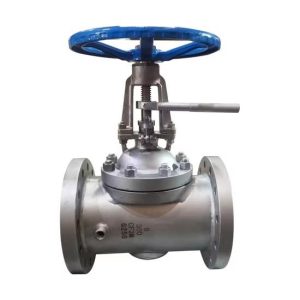
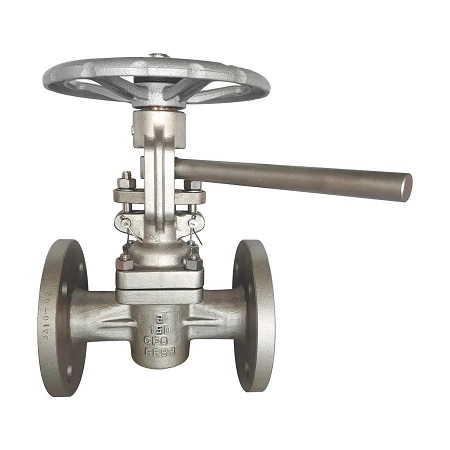
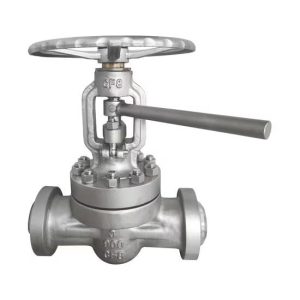
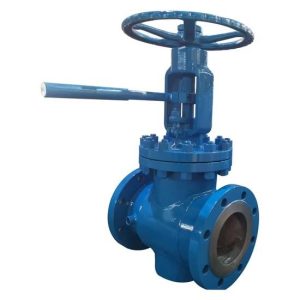

What material is used for plug valve seats?
Common materials for plug valve seats include soft materials (e.g., rubber, plastic) for soft-sealed valves and hard materials (e.g., metal, ceramic, alloy) for hard-sealed valves. Some designs may also use lubricated materials or composites for specific applications.
Why use a plug valve instead of a ball valve?
Plug valves may be preferred over ball valves in applications requiring multi-port flow paths (e.g., 3-way or 4-way configurations) for easy direction change, or in high-viscosity/media with solids due to their straight-through flow and minimal obstruction. They also offer simpler maintenance in some designs and can be more cost-effective for certain low-pressure, low-temperature uses.
INQUIRY

